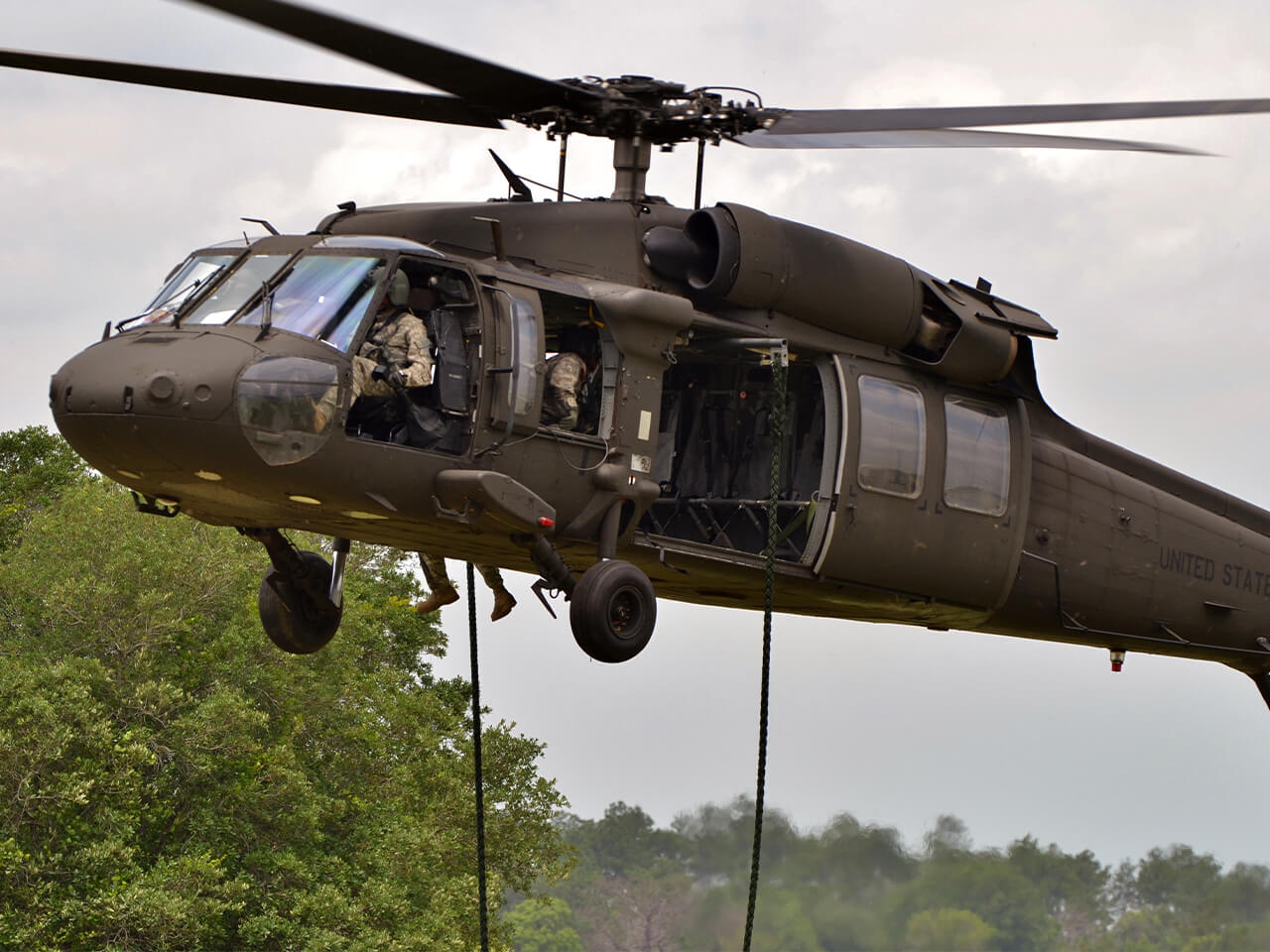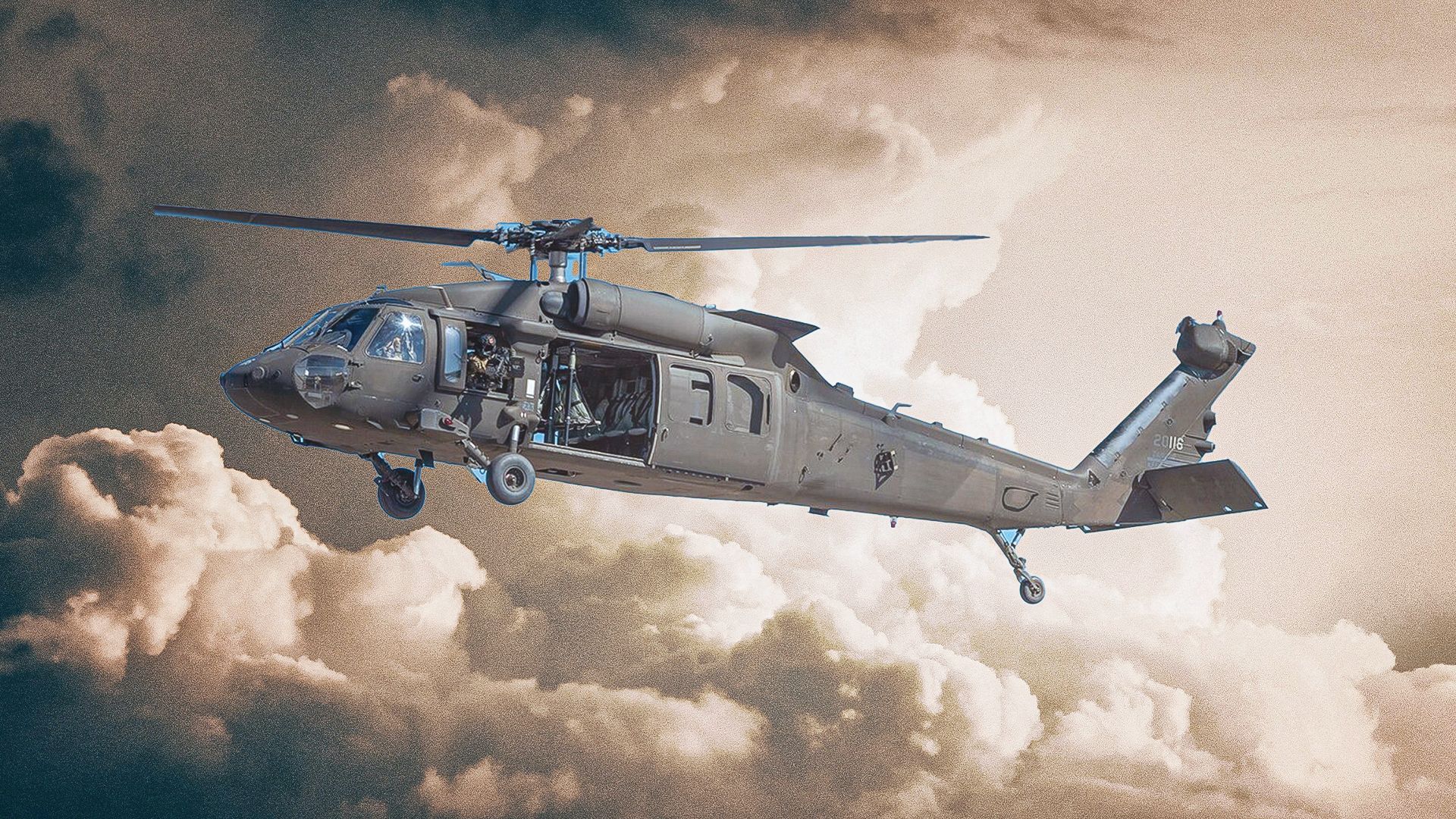Exploring the UH 60: A Look at Its Design, History, and Role in the Armed Forces
Exploring the UH 60: A Look at Its Design, History, and Role in the Armed Forces
Blog Article
Whatever You Need to Know Regarding the UH 60 Helicopter
The UH-60 helicopter, a cornerstone of United state Military aviation considering that its launching in 1979, represents an exceptional blend of engineering and functional convenience. As military requirements advance, so too does the helicopter, with continuous advancements aimed at improving its capacities and incorporating modern technologies.
History of the UH-60
Established in the late 1970s, the UH-60 Black Hawk helicopter became a response to the U.S. Army's requirement for a flexible energy helicopter that can execute a selection of missions under challenging conditions. The inspiration for its layout was the shortcomings identified in the earlier helicopters used during the Vietnam War, especially in regards to rate, maneuverability, and survivability.
The Black Hawk was designed by Sikorsky Airplane, including innovative modern technologies and products to boost its performance and sturdiness. It was formally presented right into solution in 1979, swiftly ending up being a vital asset for military operations - uh 60. Its capacity to move soldiers, medical evacuation, and logistical support in both fight and altruistic objectives made the Black Hawk a very useful part of the U.S. Army's aeronautics fleet
Throughout the years, the UH-60 has actually been constantly upgraded, adjusting to the altering nature of warfare and the advancing demands of contemporary military procedures. Its operational background consists of involvement in major problems, peacekeeping goals, and catastrophe relief initiatives, solidifying its reputation as a efficient and reliable helicopter in different environments worldwide.

Layout and Specs
The design of the UH-60 Black Hawk helicopter continually shows a dedication to operational performance and adaptability. Developed by Sikorsky Airplane, this medium-lift utility helicopter features a smooth, aerodynamic body that boosts rate and ability to move. Its tandem blades system, identified by two counter-rotating blades, lessens vibration and increases lift capability, enabling more secure operations in varied settings.
The UH-60 is powered by two T700-GE-701C turboshaft engines, supplying an optimum rate of roughly 180 knots and a series of around 400 maritime miles. Its durable airframe is constructed from sophisticated composite materials, making certain sturdiness while keeping a reasonably reduced weight. The helicopter has an optimum gross weight of about 22,000 pounds, supporting a versatile payload configuration.

Duties and Goals
A versatile platform, the UH-60 Black Hawk helicopter offers a multitude of functions and goals within military operations. Designed mainly for army transport, it can lugging up to 11 soldiers, making it a necessary asset for rapid implementation and logistical assistance.
In addition to troop transport, the UH-60 stands out in clinical discharge (MEDEVAC) missions, geared up with sophisticated clinical tools to provide essential care during transit. Its capability to run in varied settings enhances its efficiency in battle search and rescue see here (CSAR) procedures, where speedy extraction of workers is essential.
The helicopter additionally plays a significant role in reconnaissance and monitoring objectives, using onboard sensors and tools to debrief. Additionally, its adaptability expands to logistical assistance, efficient in moving supplies and equipment to forward operating bases - uh 60.
In fight procedures, the UH-60 can be outfitted with numerous tool systems, allowing it to supply close air assistance. Its multi-role ability makes the Black Hawk an essential tool for contemporary military forces, adjusting flawlessly to the advancing needs of battleground scenarios and ensuring goal success throughout a series of operational contexts.
Efficiency and Abilities
Understood for its robust efficiency, the UH-60 Black Hawk helicopter boasts impressive capacities that boost its functional effectiveness throughout different objectives. uh 60. This multi-role aircraft is furnished with powerful twin-engine Turbomeca Arriel 1D1 engines, providing extraordinary speed and maneuverability, with an optimum cruise speed of roughly 150 knots and a functional range of around 400 maritime miles
The Black Hawk's sophisticated avionics and fly-by-wire control systems substantially improve trip safety and security and handling, permitting it to run in varied atmospheres, including adverse weather problems. Its adaptability is further exhibited by its capability to lug approximately 11 completely geared up soldiers or a haul of around 8,000 extra pounds, making it perfect for army transport, medical discharge, and logistical assistance missions.
Furthermore, the UH-60 is made for survivability, featuring enhanced that site airframes, ballistic defense for crew and travelers, and progressed countermeasure systems to evade risks. The helicopter's dexterity and rate, combined with its capability for quick deployment, make it a crucial asset in contemporary army procedures, ensuring that it stays a vital component of tactical air support and battleground mobility.
Future Advancement

One substantial emphasis is the integration of sophisticated avionics systems, which will certainly enhance situational awareness via improved navigating and communication capacities. This includes the possible use expert system to assist pilots in decision-making and objective preparation.
In addition, future variations might incorporate innovative materials and style features to boost the helicopter's toughness and decrease its radar trademark, improving survivability in objected to atmospheres.
The intro of hybrid-electric propulsion systems is also coming up, aiming to enhance gas effectiveness and lower logistical concerns. Such innovations could prolong functional range and minimize the helicopter's ecological impact.

Conclusion
The UH-60 helicopter represents a substantial improvement in military air travel given that its introduction in 1979. The UH-60's sustaining existence emphasizes its important duty in modern armed forces procedures and highlights the recurring evolution of armed forces aeronautics technology.
The UH-60 helicopter, a foundation of U.S. Military aeronautics because its launching in 1979, stands for an amazing mix of engineering and functional convenience. As military requirements advance, so too does the helicopter, with ongoing improvements intended at boosting its capabilities and integrating contemporary innovations.The layout of the UH-60 Black Hawk helicopter consistently reflects a commitment to operational effectiveness and adaptability. Created by Sikorsky Airplane, this this page medium-lift energy helicopter features a sleek, aerodynamic fuselage that improves rate and ability to move.The UH-60 helicopter stands for a substantial advancement in military aviation because its introduction in 1979.
Report this page